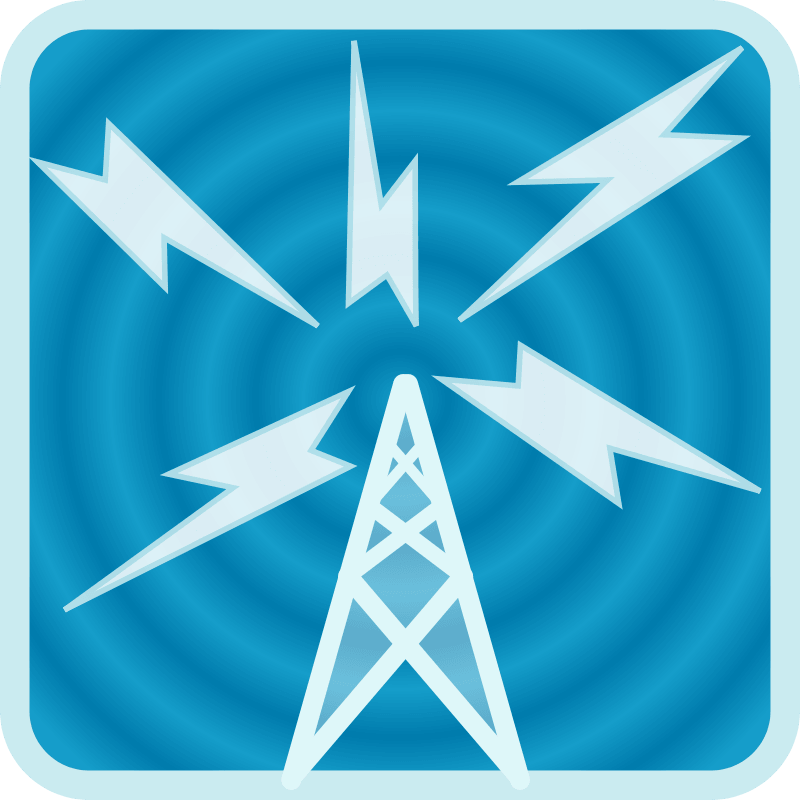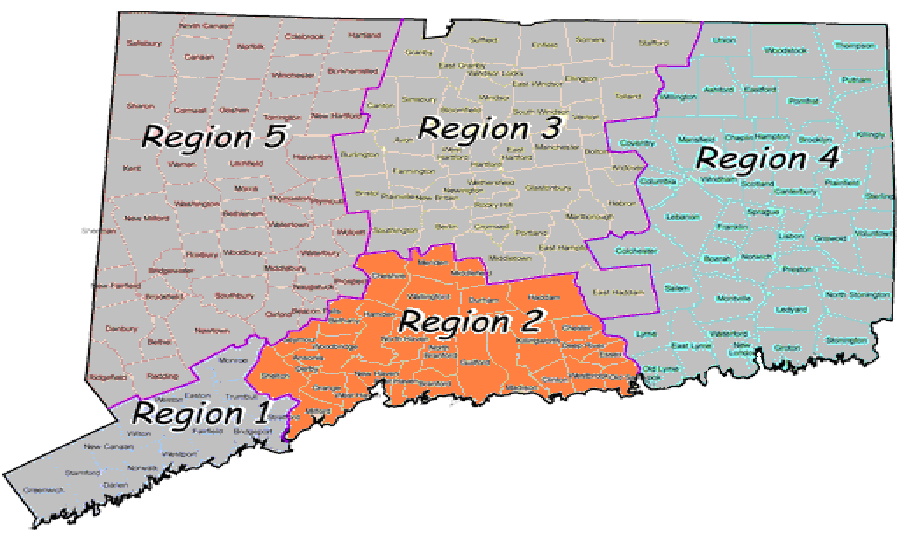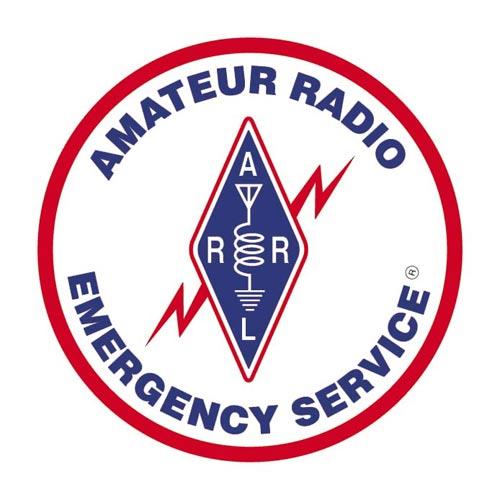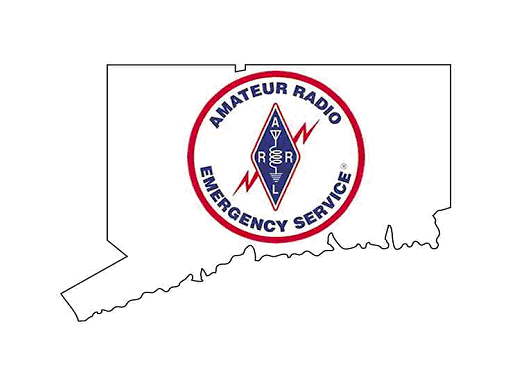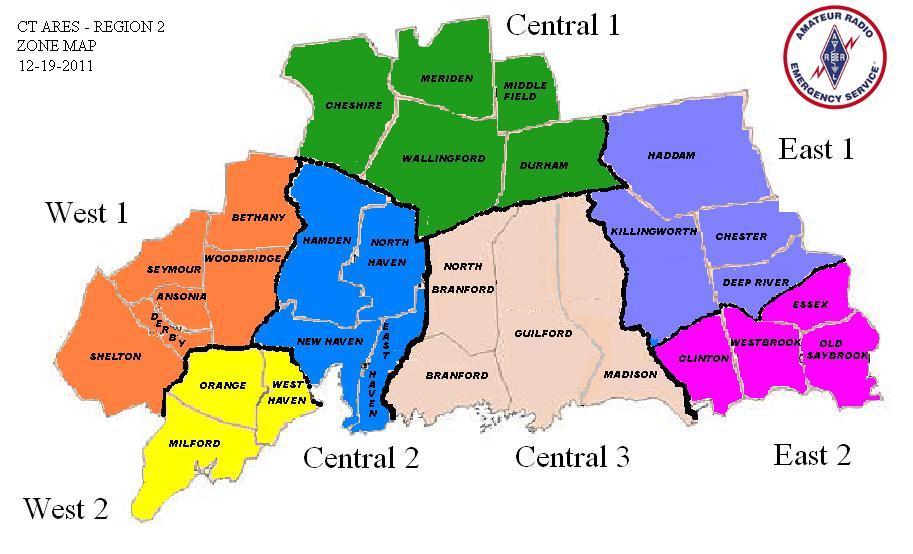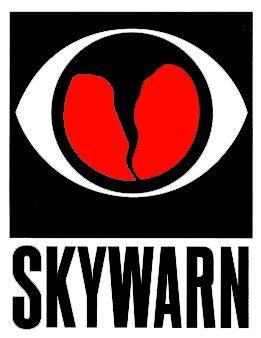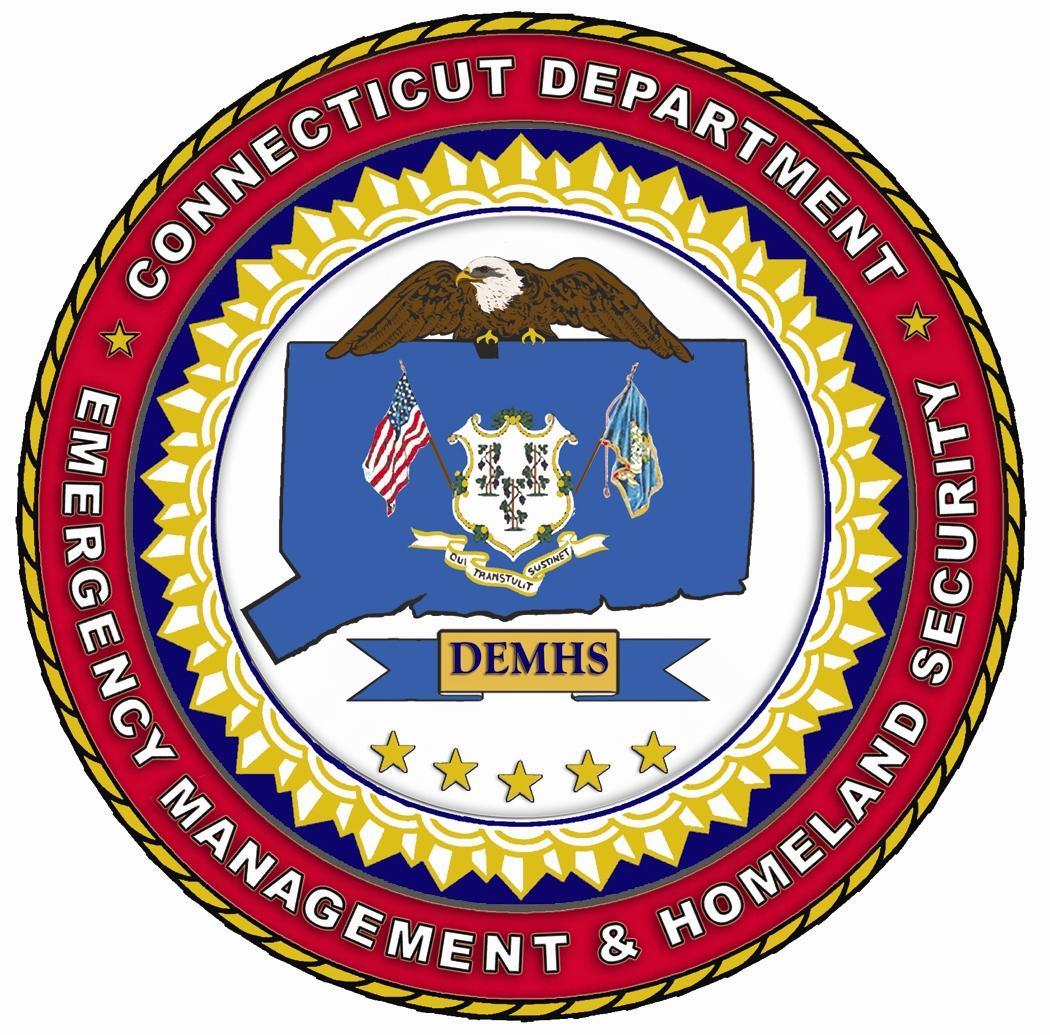ARES-SKYWARN
An Integral Part of ARES
The effects of severe weather are felt every year by many Americans. To obtain critical weather information, NOAA’s National Weather Service (NWS), part of the U.S. Department of Commerce, established SKYWARN® with partner organizations such as the ARRL and its Amateur Radio Emergency Service (ARES).
As a result of this ARES-SKYWARN cooperation, ARES amateur radio operators (having been trained in SKYWARN procedures), are able to provide the NWS with information via amateur radio frequencies.
SKYWARN is a volunteer program with nearly 290,000 trained severe weather spotters. These volunteers help keep their local communities safe by providing timely and accurate reports of severe weather to the National Weather Service.
Although SKYWARN spotters provide essential information for all types of weather hazards, the main responsibility of a SKYWARN spotter is to identify and describe severe local storms. In the average year, 10,000 severe thunderstorms, 5,000 floods and more than 1,000 tornadoes occur across the United States. These events threatened lives and property.
Since the program started in the 1970s, the information provided by SKYWARN spotters, coupled with Doppler radar technology, improved satellite and other data, has enabled NWS to issue more timely and accurate warnings for tornadoes, severe thunderstorms and flash floods.
SKYWARN storm spotters are part of the ranks of citizens who form the Nation’s first line of defense against severe weather. There can be no finer reward than to know that their efforts have given communities the precious gift of time–seconds and minutes that can help save lives.
How does SKYWARN work?
SKYWARN, generally speaking, is placed on stand-by when a severe weather watch is posted by the National Weather Service. Once that watch is upgraded to a warning, SKYWARN may be activated and spotters are asked to make severe weather observations. After making an observation that is reportable, there are three ways to relay the information to the National Weather Forecast Office which include: telephone, amateur radio, and E-mail.
How do I become an ARES - SKYWARN Spotter?
All you need to do to become a member of the SKYWARN volunteer network is an interest in watching the sky and a dedication to helping save lives.
In addition, you must be at least 16 years old, be able to observe weather (though no instruments are required), and be a licensed amateur radio operator so you can relay your reports by radio.
You also must take a SKYWARN class, a free seminar that teaches you the basics of how SKYWARN operates, and how to recognize and report severe weather. All SKYWARN spotter training courses are free and are held in various sites throughout your area.
SKYWARN Links
Connecticut SKYWARN:
CT SKYWARN Ops Manual:
http://www.ctskywarn.org/CTSKYWARNOPSMANUAL.pdf
SKYWARN (National):
